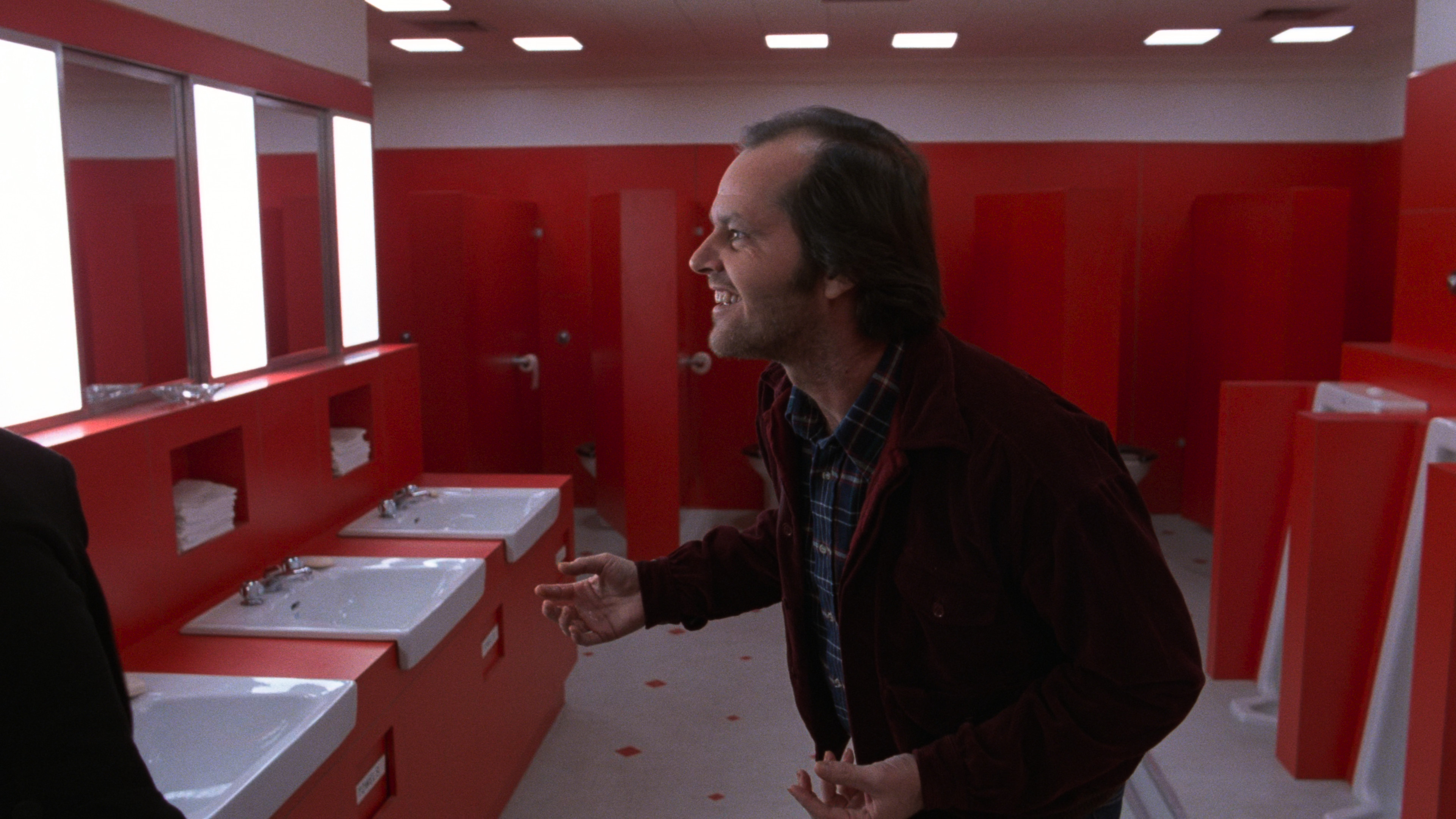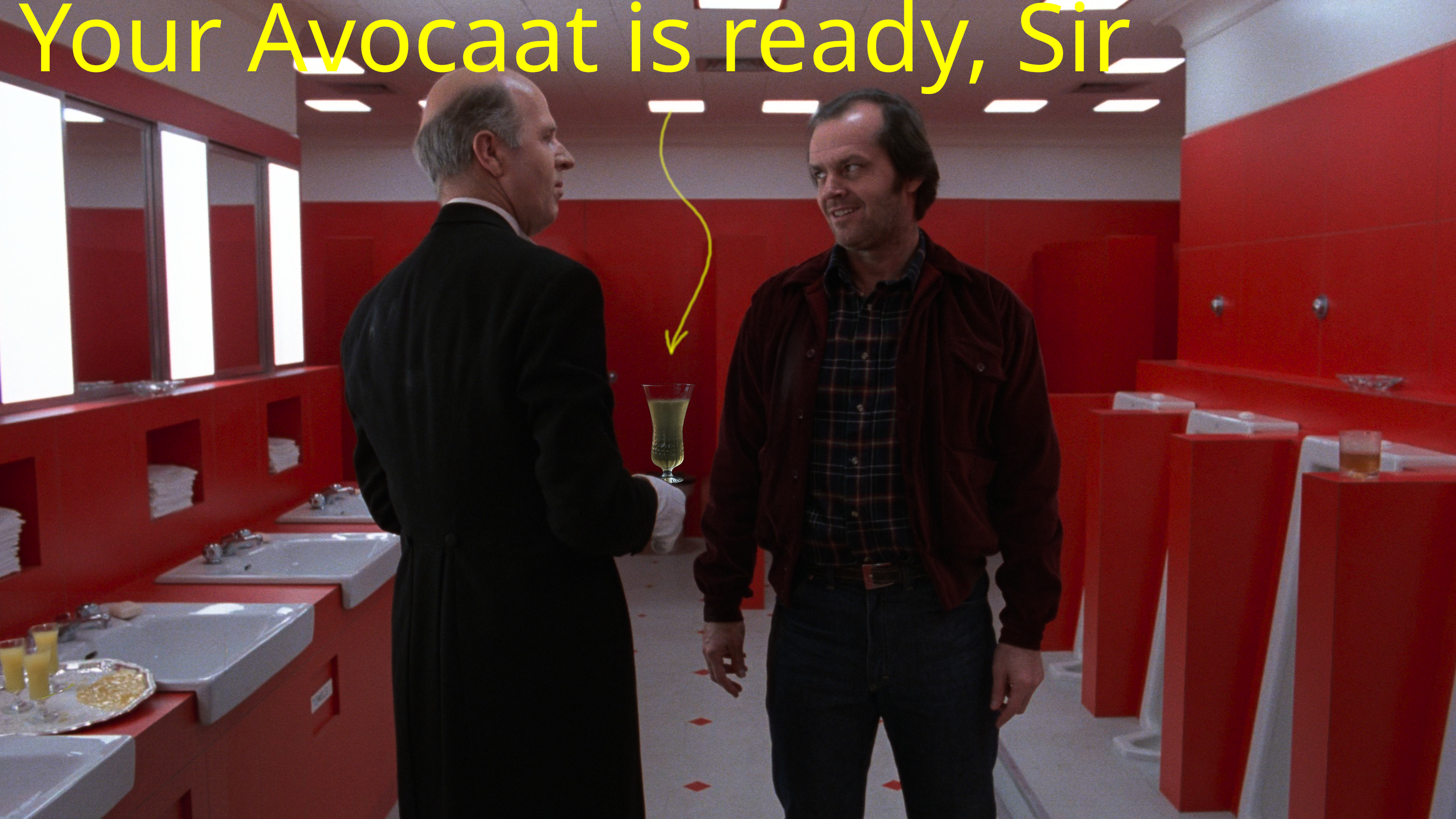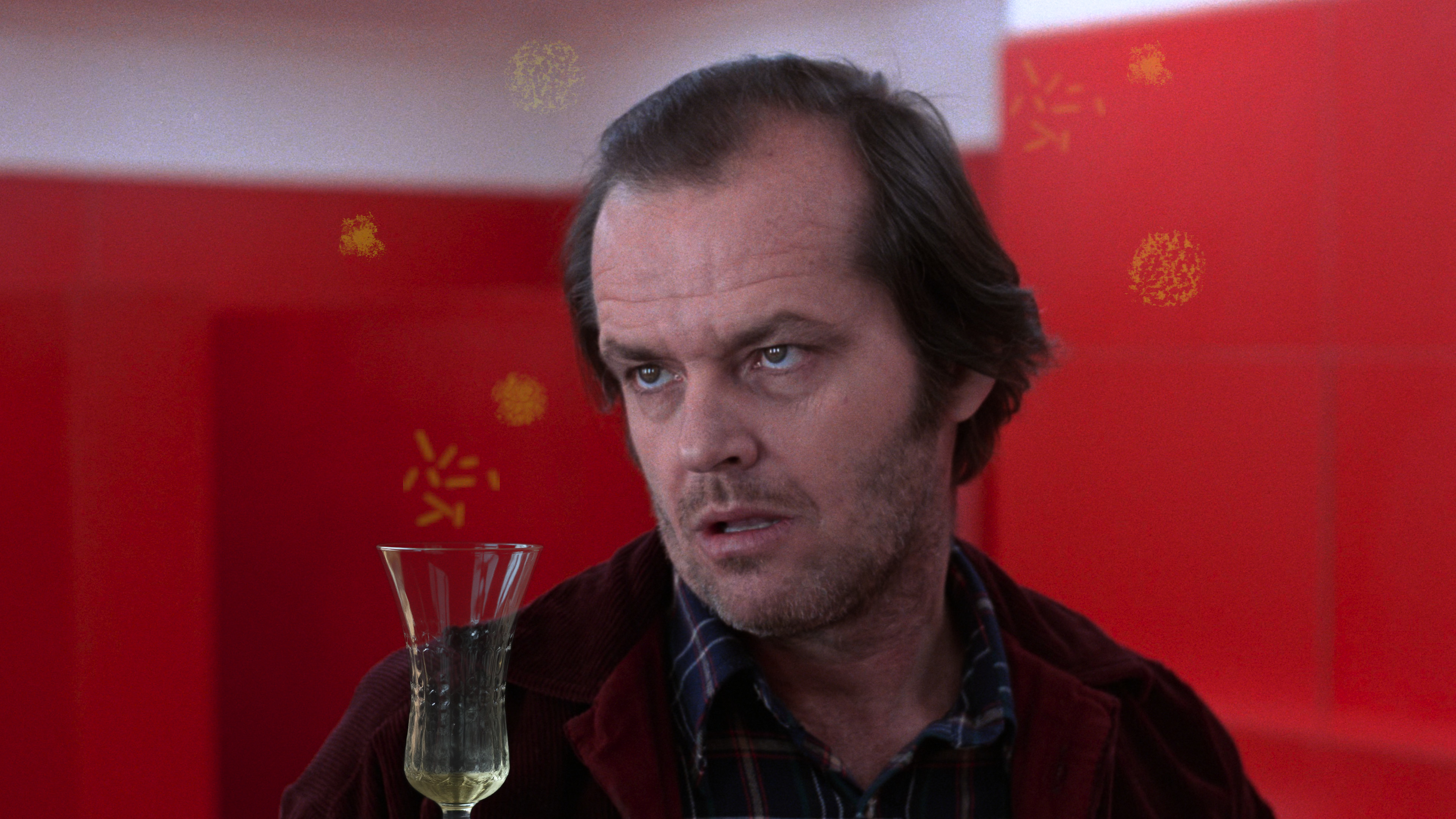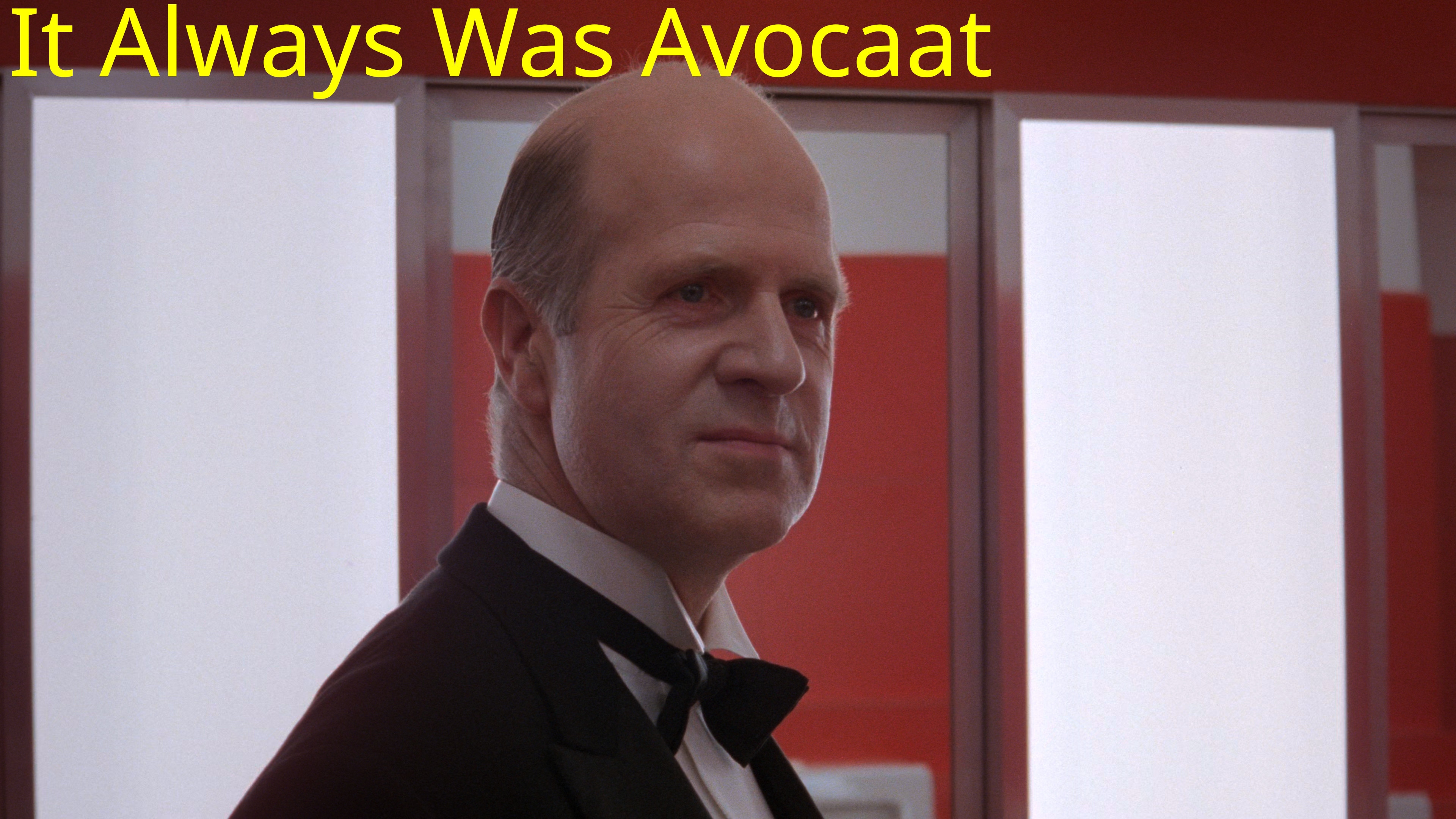Avocaat Party (don't choke or throw up)
1st Warnung: The Shining experience spoilers ahead
2nd Warnung: The Shining experience spoilers ahead
3rd Warnung: The Shining experience spoilers ahead
4th Warnung: The Shining experience spoilers ahead
5th Warnung: The Shining experience spoilers ahead
6th Warnung: The Shining experience spoilers ahead
7th Warnung: The Shining experience spoilers ahead
8th Warnung: The Shining experience spoilers ahead
9th Warnung: The Shining experience spoilers ahead
10th Warnung: The Shining experience spoilers ahead
Give up your inquiries unless you've seen The Shining 30+ times.
We hope, for your own good, you are to close this page if the number is not sufficient.
You have been warned.
10th Margin
9th Margin
8th Margin
7th Margin
6th Margin
5th Margin
4th Margin
3rd Margin
2nd Margin
1st Margin




How I got here
I got here by trying to break away from watching the movie.
The movie always gratifies me intellectually when I rewatch it.
So I get hooked on it periodically, find a way to quit, then relapse.
Currently, my movieholic log looks like this:
- My first quitting attempt was a cognitive solution: I explained the conception to myself from the director’s perspective and not from the events inside the movie. To forget/dilute The Shining, I started watching more different movies, mostly horror.
- The second time, after relapsing, I did a creative way of exiting: first, I found the actual exit point for the viewer in the movie (it’s quite elaborate), then I also arranged the Snakes and Ladders post that has evolved in meaning for me since then. Then, later, I quit watching anything.
- My current attempt is a pre-cognitive mechanism: by simply solving the disgust layer in the movie, I’d get repelled. Instead, it got humorous, and I’m happy with in even more. (UPD: Of course I got to this point because you can’t ignore the layer at some point, but the need to be repelled is a a legitemate excuse once the barrier to entry there is lower than everywhere around) (UPD2: of course I should not deny good in human nature, the movie is an unescapeable statement of the fact)
Traumatic partying
The movie, by itself, is like a trauma if viewed seriously.
- Cognitively, there are always new connections to make in it, so the interest in the movie returns, and there are always new ideas to mine.
- It’s also a collection of some of the strongest emotional stimuli, but they are mostly negative, and it’s not a healthy relationship to return to such.
- Additionally, there are plenty of insights, but they are non-expressible (like Redrum), so there is an isolation component.
Non-expressibility is interesting. I see it this way: insights are visuo-spatial and so interconnected that extracting any one of them doesn’t make sense for another person, yet devalues for one who expresses by the limitation of the form of communication.
Fishing rod (spoilers)
Anyway, the movie lives in my blog so much that I feel compelled to include at least some higher level spoilers about my experience with it.
In Taxi Driver’s commentary track, the writer touched on his process.
Basically, he takes a problem, finds a metaphor that roughly fits, then driven by exploring the metaphor he finds insights and novel ways of looking at the problem.
My first notable gratification with The Shining was when I connected these elements: Jack resembling a bull during a dissolve cut, the maze, and the axe. Together, they confirm the metaphor of the Labyrinth and the Minotaur. Now, the director can do with it whatever he wants, but knowing he played with the metaphor gives the viewer a framework to interpret the picture.
From this metaphor, you see a Jack-centric perspective, but everybody gets their fair share of action. When Danny throws darts, it references corrida and the concept of “death from a thousand small cuts.” The Native American profile with feathers then shows that these cuts are into the head. Then Jack’s dysfunction is caused by insecurity within his family.
There is a web of such metaphors, frames and clues that give ideas about ways of looking at the movie or characters. So by choosing some metaphors and clues and denying others, you choose your own cinema.
But overall the point is, your understanding is always incomplete, because the movie is bigger than you think. So however rich in the moment it is, it’s inherintly unsatisfactory, and therefore should either be mastered or abandoned, while things in the middle are indecision and are of horror genre in themselves.
UPD
I feel like I’ve exited the movie, so it has taken me six months on the wagon. Talking about “irreparable harm”, I’d mention another level of the ability to see faces anywhere.
UPD3
I did a victory lap on the movie, so I have an excuse to update this. The humor doesn’t get lighter and plenty of entertainment is still there.
Also calling it a victory lap is odd since the experience is so ambiguous. It’s not exactly the trophy cup one wished for.
UPD4
There is one thing to note, so there is no ambiguity. The thing was created on the spot in the same day with discovery. The range of meanings is not cosciously arranged in it by me. It’s all on the spot intuitive expression.
And the text is an on-the-spot attempt to record and maybe cautiously, to make sense of it – without being forced to rewatch it again, ideally, just to solve it finally.
The whole thing caused me mostly managable laughter fits for some days afterward.
After the fact overall experience I consider to be positive. I’ve learned some visual language. I’ve even found some practical use for it.